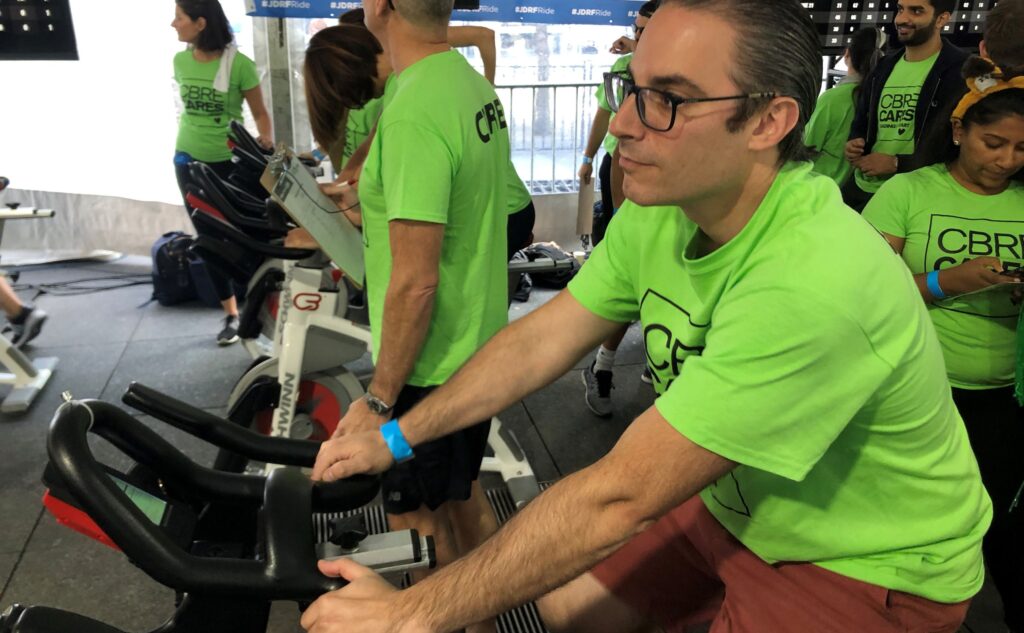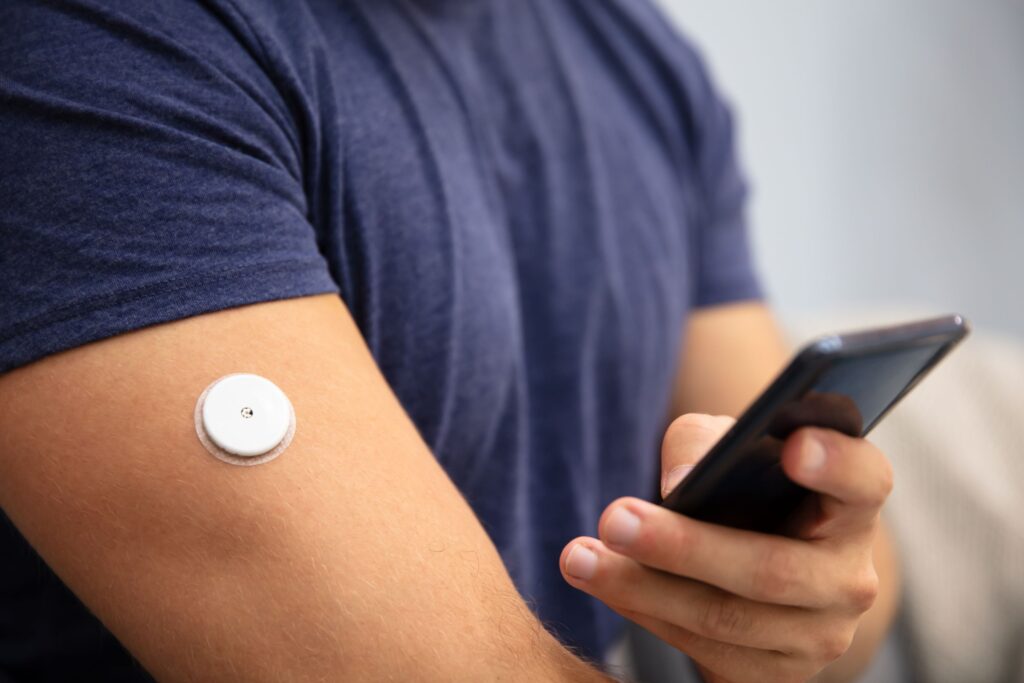September 29, 2020
By: Jonathan Peretz, CBRE, Senior Vice President, Managing Director and Ride Team Captain
I want to tell you a little bit about my resilient wife, Audrey.
Since the age of 13, Audrey has learned to live with type 1 diabetes (T1D), displaying patience and courage amidst countless pokes and prods, all while caring for our family and three beautiful children.
I’ve seen first-hand what it looks like to test your blood sugar upwards of 10 times a day, manually inject insulin and manage highs and lows. This is what normal looks like for her – and she does it while juggling a family and a career.
We know a cure is possible, and looking back on the medical advancements achieved last year alone, we know we’re closer than ever to finding one.

This October, the Sun Life Ride to Defeat Diabetes for JDRF is where I will be spinning, sweating or stretching for a cure for my wife, and you can join me in doing just that. Once you pick an activity that suits you best (cycling, yoga or a fitness class), you can spend an hour with your corporate peers moving for a cure.
The event will be virtual this year – meaning you can make a massive impact on the lives of those living with type 1 diabetes all while staying safe at home.
Help us raise critical funds for ground-breaking research. My wife’s life has changed for the better over the last 22 years…just think about what more we can accomplish together in the next 22!
We can’t thank you enough for your support. Let’s turn type one into type none together.
